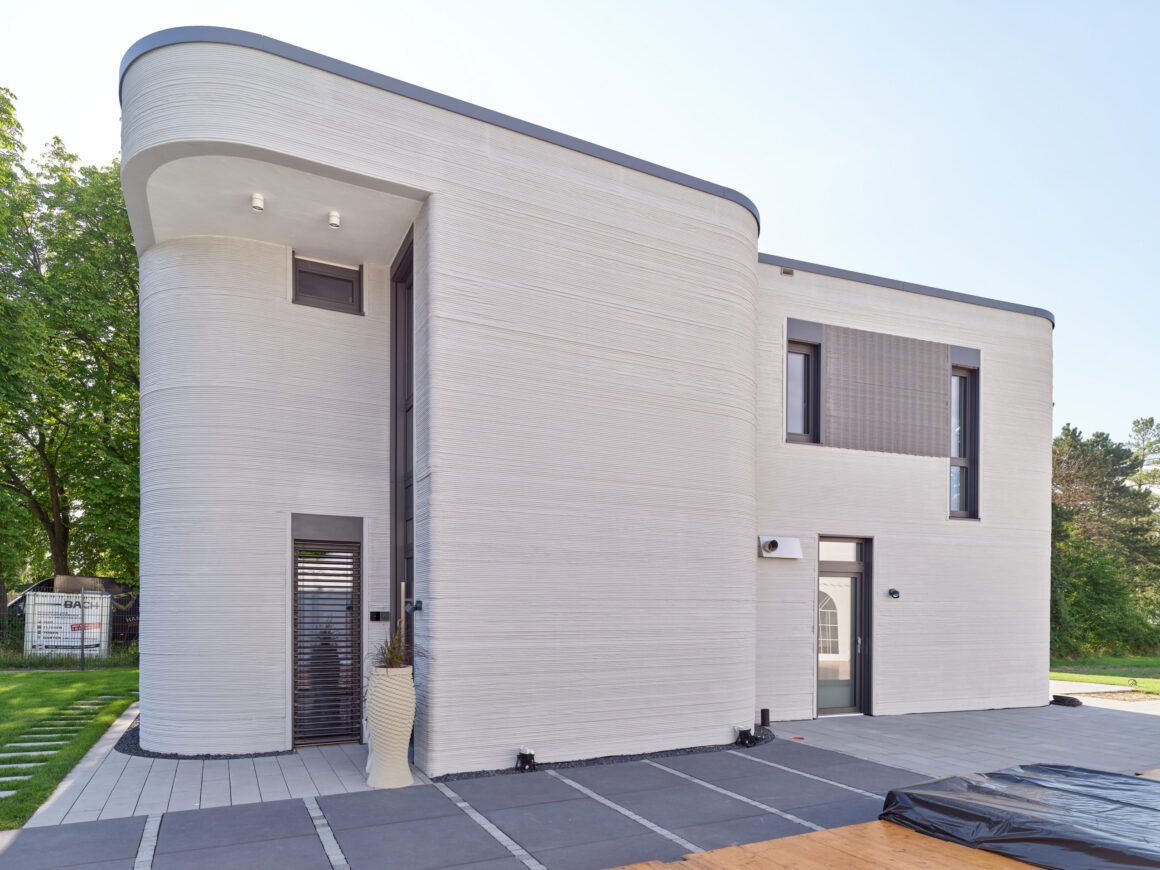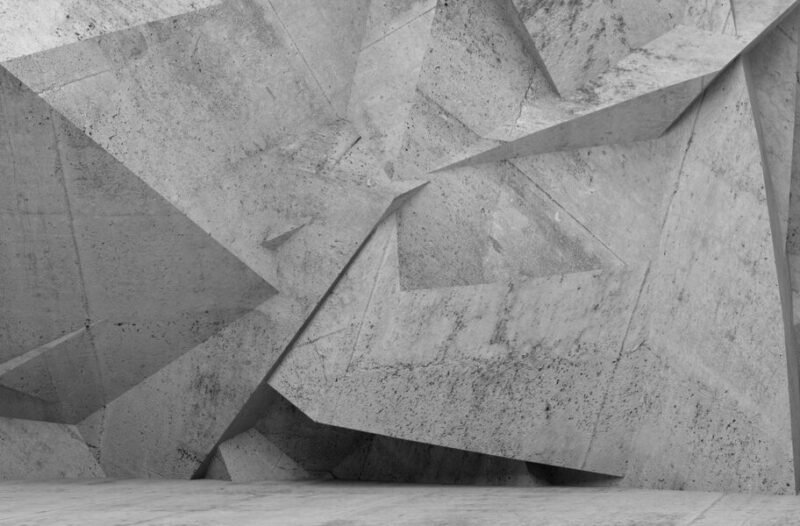When considering the evolution of technology and its impact on our daily lives, we often think of smartphones, computers, and other devices. Yet, the construction industry has experienced remarkable innovations in recent years, especially concerning concrete.
From greener mixing methods to concrete that can literally “heal” itself, new concrete technologies are opening seemingly new and limitless possibilities for the future of construction.
3D Printing
Although 3D printing has conventionally been associated with plastics and epoxies, it is now being used for concrete as well. In the Netherlands, the US, and other countries, new technologies are being developed to produce concrete mixes that can be used for 3D printing. With the ability to quickly and precisely form structures that may be impossible with traditional methods, concrete 3D printers offer an exciting opportunity for constructing cost-effective and efficient housing for communities that are facing severe housing shortages. Watch this video to see a 3D-printed house being built.

Flexible Concrete
When thinking of “flexible” materials, concrete is typically not the first thing that comes to mind. However, researchers at the University of Michigan have developed a new type of concrete by adding quartz sand and polyvinyl alcohol fibers to traditional concrete mixtures. This innovative concrete is 500 times more resistant to cracking, while also being lighter and easier to use and update. Such concrete innovations have the potential to greatly enhance the safety of buildings and bridges in high seismic areas, as well as extend the life cycle of concrete by preventing moisture penetration resulting from surface cracks.
“Green” Concrete
To reduce the environmental impact of construction, various new types of concrete are being developed. For instance, incorporating magnesium sulfate or fly ash (a waste product from burning coal) in the concrete mix can considerably decrease the carbon footprint and water usage. The benefits are two-fold: coal-burning power plants can utilize the remaining fly ash, resulting in less waste, while the concrete itself emits less CO2 to the atmosphere. It is a sustainable solution that doesn’t compromise the strength and quality of the concrete.
Light Concrete
Although the flexible concrete mentioned above is relatively light, there are other new types of concrete that are even lighter. Combining concrete with carbon fiber, a material known for its incredible combination of lightness and strength, results in an even thinner and lighter mix that is strong and corrosion resistant. It also eliminates the need for sealants and other barrier coatings, saving time, money and resources.
Martian Concrete
Yes, you read that right: scientists are developing innovations that can withstand even the harsh environment of Mars. Using materials abundant on the Red Planet, they created a type of concrete that is twice as strong as what we traditionally use on Earth. For example, water is replaced by sulfur because water is a limited resource on Mars. Although we won’t necessarily use Martian concrete on Earth, it could be very important if humans ever try to establish a colony on Mars. Interesting.
Pervious Concrete
Flooding is a major problem in many cities around the world, largely because concrete and asphalt prevent water from seeping into the ground where it can be absorbed. Concrete, like many other building materials, usually needs to be sealed against water, as moisture entering concrete voids causes it to degrade during freeze-thaw cycles. In principle, pervious concrete cannot yet solve the effects of temperature changes – it is a type of porous concrete that allows water to penetrate to the ground. Perhaps in the future it will be improved to the point of being able to be used in cold climates as well.
Self-Healing Concrete
One of the most remarkable and unusual technological advancements in recent years is the creation of self-healing concrete. This innovation, known as Bioconcrete, employs specialized bacteria that produce a glue-like material whenever the concrete is cracked or damaged. This substance, made of protein and sugar, solidifies into limestone or calcite, reinforcing the concrete and fully sealing any gaps. Although self-healing concrete is currently undergoing trials and testing, it holds the potential to significantly reduce maintenance and replacement expenses, as well as increase the safety of structures.
Translucent Concrete
Translucent concrete has the potential to revolutionize the way we perceive buildings, pavements, signs, and light fixtures. By integrating layers of translucent fabric with finely crafted concrete mixes, a material is produced that permits light, shadows, and even color to permeate without compromising the concrete’s strength or durability. This innovative concrete technology has the potential to replace plastic alternatives for windows, signs, and other solutions, enhancing both the strength and safety of buildings.











